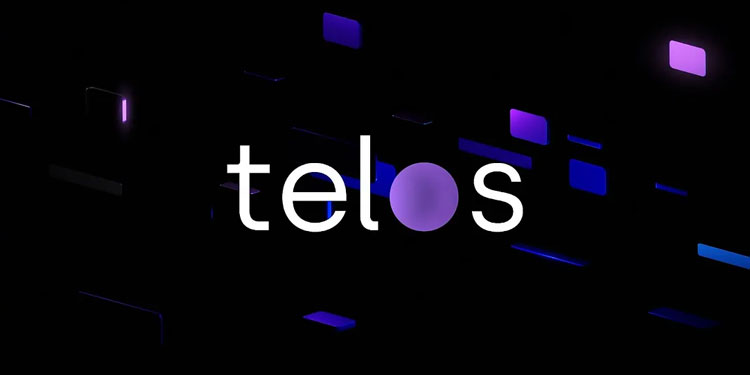 Algorand blockchain, touted as Ethereum-killer, is making an attempt to take a lead in the blockchain industry with its green footprint. The firm is trying to lure developers and investors from other smart contract enabled blockchains, specifically Ethereum.
Algorand blockchain, touted as Ethereum-killer, is making an attempt to take a lead in the blockchain industry with its green footprint. The firm is trying to lure developers and investors from other smart contract enabled blockchains, specifically Ethereum.
As a way to commemorate Earth Day on April 21, Algorand blockchain team announced that it has developed a smart contract to mitigate every trades carbon impact without the user or company taking any initiatives.
It has perhaps been irrevocably authorized to purchase carbon credits via ClimateTrade, a carbon emissions platform that stores offsets on a blockchain (Algorand, obviously) such that they may be perpetually and publicly accessible to firms wishing to eliminate their carbon emissions. In order to reinforce this message, the corporation purchased and blacked out roughly 20 of Times Square’s most famous billboards on Earth Day.
While discussing the subject with PYMNTS, Algorand Foundation CEO Staci Warden, said “For one hour, we’re switching off Times Square so that everyone may spend a moment to think about the value of our planet. Times Square is known for its progressive values, and since the arts community had been instrumental in creating it, they take their progressive ideals extremely seriously.”
Using this information, the Foundation can figure out how many transactions every hour of electricity can slash off the total. “We could do 350 million transactions with the power that Times Square consumes. That’s a total of 350 million dollars in transactions.”
According to Warden, the present SWIFT transaction communication platform would take around a month to complete the payments carried out blockchain technology. She further stated “Over Algorand, which remains operational on a 24×7 basis, payments tallying 350 million take around 90 hours.”
When it comes to payments, that carbon offset translates even more important, according to her.
“Financial inclusion comes to mind whenever Warden considers payments. According to her, blockchain initiatives aim to provide financial services to 1.7 billion unbanked individuals throughout the globe. “Payments are the base of just about everything. Credit, savings, and insurance are all built on payments; they all begin with this foundational step.”
In Warden’s opinion, in case you try to dream big, you’d best be carbon negative. I believe that’s something that both institutional and retail investors are paying attention to more often these days. Decentralized finance (DeFi), non-fungible token (NFT) and micropayments are all areas where Algorand is presenting itself as a better model, in portion because its proof of stake (PoS) blockchain utilises a tiny proportion of the country-level power bill both Bitcoin and Ethereum, the top two blockchains in terms of marketcap, spend every year on their own electricity. This is a growing issue, especially for investors who concentrate on firms that are environmentally, socially, and governability-friendly.
Efforts by EU green parties in March to legislate a ban on power-consuming, proof-of-work (PoW) blockchains — amounting to a legal prohibition on bitcoin — almost succeeded in being included in a draught of the new Markets in Crypto Assets (MICA) rules until a forceful lobbying and public relations initiative worked to help move it back.
It’s important to note that Ethereum’s blockchain, which is now PoW, is in the process of transitioning to one that is PoS. Since it’s been plagued by delays, the project doesn’t plan to switch off the bitcoin-type mining consensus protocol until at least 2023. As a result, until then, the system will remain unclean, very sluggish (12-14 transactions per second), and overwhelmed with several transactions that fees are just a few dollars at the most at most.
Ethereum-killers with costs ranging from a few cents to fractions of a cent have time to lure businesses and coders that seek the greener footprint as well as the increased scalability that they provide.








